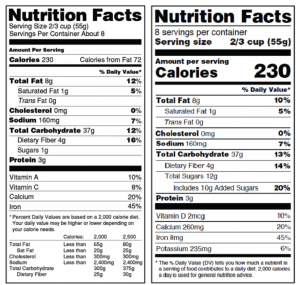
I made this wonderful side dish for Thanksgiving dinner this year! It’s one of my all-time favourite recipes from Lucy Waverman’s cookbook Dinner Tonight.
Barley contains a unique fibre called beta-glucan. This type of fibre has been shown to reduce blood cholesterol levels. Butternut squash is filled with beta-carotene, which is converted to vitamin A, and important for vision and a healthy immune system.
Ingredients
5 cups chicken stock or water (I use lower sodium chicken stock)
2 T olive oil or canola oil
1 onion, chopped
2 cloves garlic, chopped
2 cups diced butternut squash (about 1/2 small butternut squash)
1 cup uncooked pearl barley
salt and pepper to taste
2 T chopped parsley
1/2 cup grated Parmesan cheese
Directions
1. Heat stock in pot until simmering.
2. Heat oil in heavy pot on medium heat. Add onion and cook for 1 minute. Add garlic and cook for 1 minute or until onion is soft.
3. Add squash and cook for 2 minutes. Stir in barley and sauté for 1 minute or until barley is coated with oil.
4. Add 1 cup stock, bring to boil and simmer, stirring occasionally, until barley absorbs most of stock. Add 2 more cups stock and cook for 20 minutes or until most of stock has been absorbed.
5. Stir in 1 cup more stock and cook, uncovered, stirring frequently, until stock is absorbed, about 5 minutes. Add remaining stock and cook and stir until barley is tender, about 10 minutes longer. Season well with salt and pepper.
6. Beat in parsley and cheese. Serve immediately. Risotto thickens as it sits, but it can be reheated by beating in more stock or water.
Makes 4 servings.












